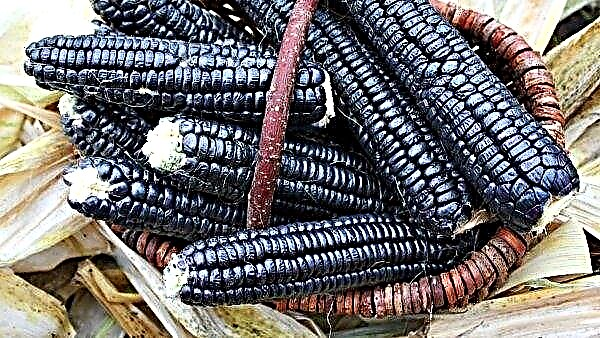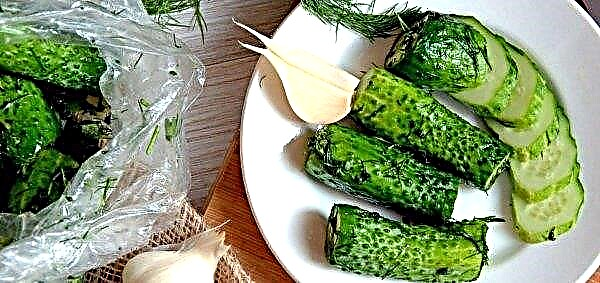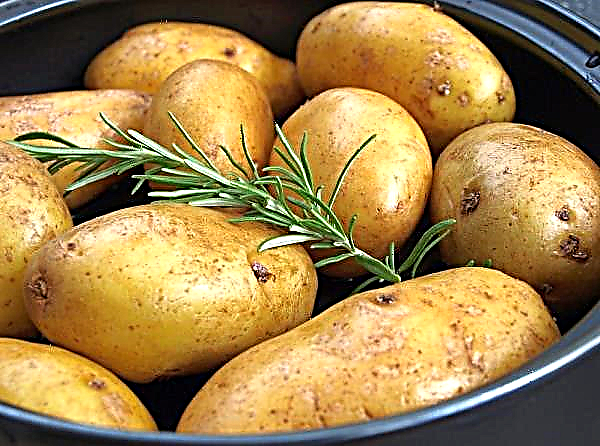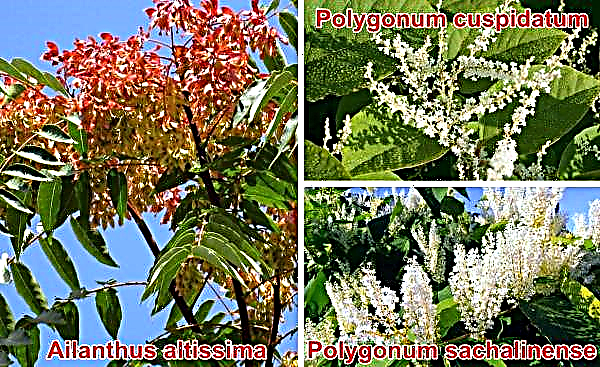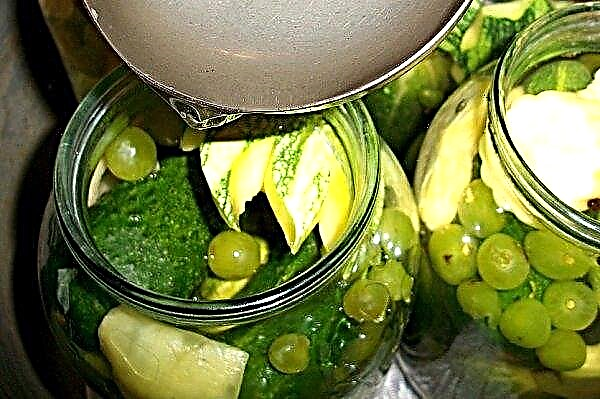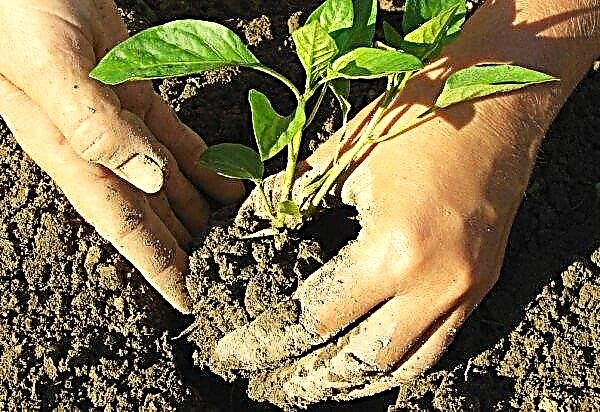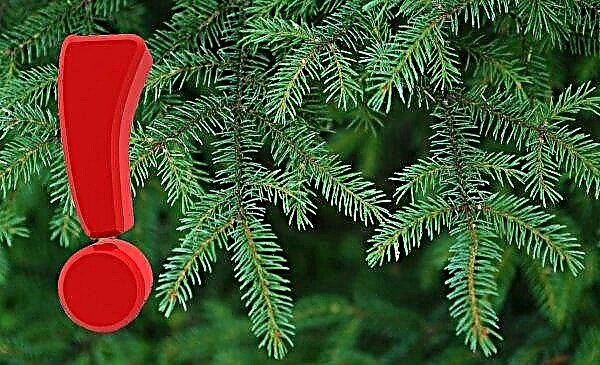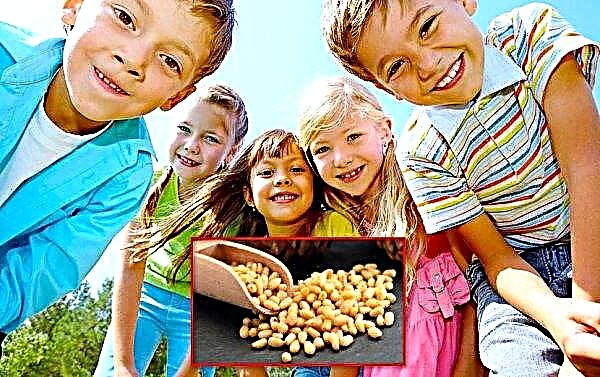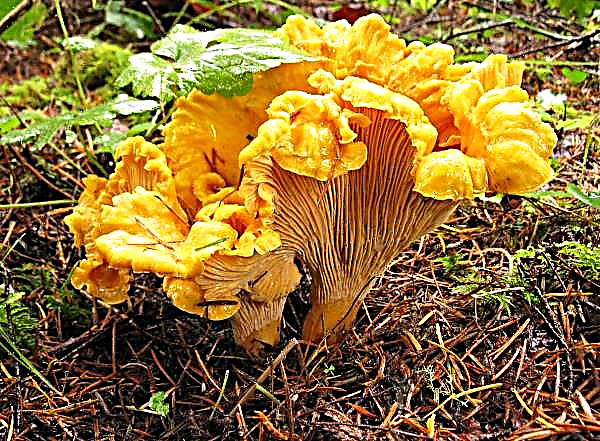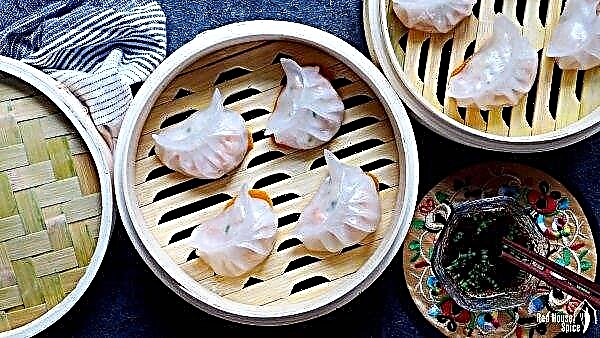After wheat, the second crop in the world for sales and use is corn. Probably, many people know that the culture is food and feed. About how to distinguish them, our article.
Where is growing
In the excavations, corn kernels were found back in the 4250s BC. e. in the USA. In the culture, this vegetable appeared 7-12 thousand years ago on the lands on which Mexico is now located. Corn cobs were about 10 times smaller than today, their length was about 4 cm.
Did you know? In ancient times, Mexicans built their houses and hedges of dried corn stalks. And from the rods of the ears made corks and pipes for smoking.
Feed varieties are not particularly demanding on climatic conditions, but they grow better in territories with a climate similar to the conditions of their historical homeland (Mexico). Sufficient humidity and moderate temperature provide a good harvest, therefore, the leaders in the cultivation and export of this grain are Canada, the USA and France. Russia is in 9th place on this list, and Ukraine is 6th. Chernozemic areas with a warm climate are well suited for growing corn.
How to distinguish fodder corn from food
Technical or fodder crops differ from food (sweet) varieties, primarily, the type of plant. Fodder corn is a tall and powerful plant with a well-developed root system. In a food crop, the bush is low, can grow 2 or 3 trunks, the root is superficial and small.
What does it look like
We will analyze in more detail what distinguishes the cob of fodder and food varieties:
- industrial crops are darkerthan food. The grains of the first are inherent in a saturated yellow or orange color, the second is characterized by a light yellow, beige or almost white color;
- on coarse corn cobs are large and long. In sweet, they are most often short and thick;
- another important difference is the cooking time. Unlike sugar, for the preparation of which 20-30 minutes are enough, fodder corn is boiled for several hours.
 1. Feed corn; 2. Edible corn.
1. Feed corn; 2. Edible corn.Taste qualities
The difference in taste is also significant. Grains of fodder grades are hard and have no sweet taste.
Important! Fodder corn can be eaten without harm to health, but sweet food varieties are better for preservation.
Food grains are sweet and soft, due to the high content of polysaccharides and low starch.
Growing Features
To get the optimal crop yield, you need to know the rules for growing it:
- maize undemanding for crop rotation, it can grow in one place for several years in a row. Potatoes, legumes and winter crops are also considered good predecessors;
- suitable soil for the plant are chernozemsgrows slightly worse on sandy loam, peat and loam. Clay, sour, salty soils, as well as wetlands, are not suitable for growing. Soil acidity is better neutral;
- to get grain and silage they begin to sow when the earth warms up to + 10 ... + 12 ° С to a depth of 10 cm. Cold-resistant varieties can be sown a little earlier, at + 8 ... + 10 ° С. Sowing dates usually occur in the first half of May;
- seeds should be planted to a depth of about 5-7 cm. Landing is best done not in long rows, but in squares. This will provide better pollination of plants;
- culture loves moist and breathable soiltherefore it is necessary to provide regular watering and cultivation;
- seedlings appear in two weeks, and so that the weeds do not drown the plants, weeding is necessary. This should be done carefully so as not to damage the roots. In the future, you need to remove weeds once or twice;
- the most important organic and mineral fertilizers at the beginning of the growing season, with the formation of heads of cabbage and milk maturity of grains. A crop requires more fertilizer than other grains. To obtain 1 ton of grain and the corresponding volume of green mass, 30 kg of nitrogen and potassium, about 10 kg of phosphorus and 8 kg of calcium and magnesium are consumed. Norms are calculated depending on the composition of the soil, the presence of organic matter and previously growing crops;
- grain harvesting is carried out upon reaching the final cob maturitywhen the leaves turn pale and begin to dry out. The moisture content during this period is minimal. The ear should be removed earlier, until the fruits begin to wither and wrinkle, and when pressed on the grain, milk liquid is released.
Important! Corn can produce lateral shoots, which must be removed so that nutrients are spent on the formation and growth of ears, and not on building green mass.
Fields of corn
Although the culture is called fodder, its application is very versatile:
- used for cooking green feed, silage and meal. High calorie content provides a good result when fattening chickens, pigs and other animals;
- the vegetable is eaten by residents of many countries. Starch, flour, cereals and other products are made from it;
- used for the manufacture of industrial starchwhich is used in the pharmaceutical, paper and mining industries;
- in many countries it is a raw material for biogas production. Also used in ethanol production;
- in medicine stalks of corn are used in the treatment of liver diseases.
 Not so long ago, many, still not knowing about food grades, ate plain corn with pleasure.
Not so long ago, many, still not knowing about food grades, ate plain corn with pleasure.Did you know? Not everyone knows that corn is used to make linoleum, insulation film and film, diapers, viscose and much more.
After reading our article, you learned how to identify the main differences between fodder and food crops. Bon appetit and good harvests!


